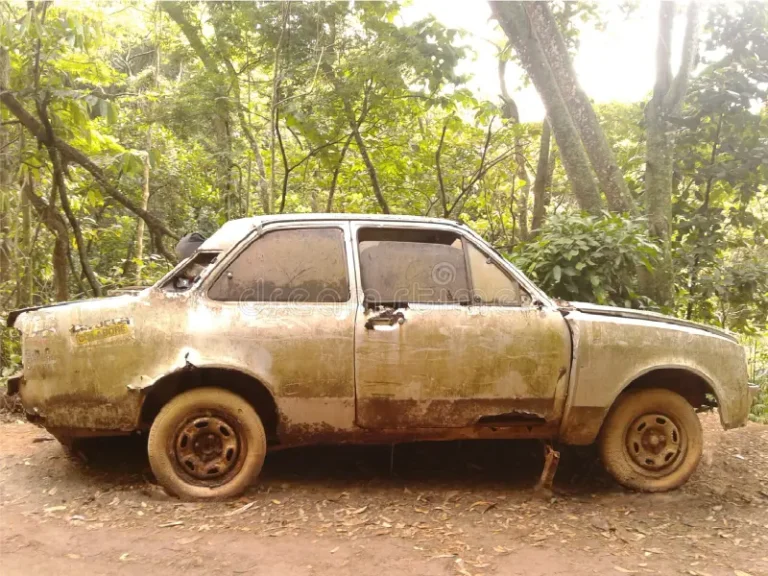Introduction
Have you ever wondered what happens to old, unwanted cars? The “Cash for Clunkers” program is a fascinating initiative aimed at addressing this question. By offering financial incentives for turning in old vehicles, this program not only aims to rejuvenate the car market but also has significant economic and environmental impacts. Let’s dive into the world of sell my car for cash in Sydney and explore how these programs shape our environment and economy.
What is “Cash for Clunkers”?
“Cash for Clunkers” is a term that became popular in 2009 when the U.S. government introduced a program called the Car Allowance Rebate System (CARS). This program aimed to encourage people to trade in their old, inefficient vehicles for new, more fuel-efficient ones. By offering financial incentives, the government hoped to stimulate the economy and reduce greenhouse gas emissions.
A Brief History
The idea behind “Cash for Clunkers” isn’t entirely new. Similar programs have been implemented in other countries, such as Germany and Japan, with varying degrees of success. The U.S. version was a response to the economic downturn and environmental concerns of the late 2000s.
How “Cash for Clunkers” Works
The process is straightforward. If you have an old car that meets certain criteria (such as age and fuel efficiency), you can trade it in at a participating dealership. In return, you receive a voucher worth a set amount of money, which you can use towards purchasing a new, more efficient vehicle. The old car is then scrapped, ensuring it doesn’t return to the road.
Eligibility Criteria
To qualify, vehicles typically need to be older models with lower fuel efficiency. The goal is to remove these gas-guzzlers from the road, replacing them with cars that have better mileage and lower emissions.
The Trade-In Process
- Evaluation: The dealership assesses your old car to ensure it meets the program’s criteria.
- Voucher Issuance: Once approved, you receive a voucher for the agreed amount.
- New Purchase: Use the voucher to buy a new car, ideally one that is more environmentally friendly.
- Scrapping: The dealership sends your old car to be dismantled and recycled.
Economic Benefits
Boosting the Auto Industry
One of the main goals of “Cash for Clunkers” was to boost the struggling auto industry. By encouraging new car sales, the program helped to increase demand for vehicles, which in turn supported jobs and economic growth in the automotive sector.
Consumer Savings
For consumers, the program offered a way to save money on a new car purchase. The vouchers provided a significant discount, making it more affordable for people to upgrade to newer, more efficient vehicles. This not only helped families save on fuel costs but also promoted the adoption of cleaner technologies.
Environmental Benefits
Reducing Emissions
By replacing older, less efficient cars with newer models, “Cash for Clunkers” aimed to reduce overall vehicle emissions. Older cars typically produce more pollutants, contributing to air quality issues and climate change. The program successfully removed many of these high-emission vehicles from the road, leading to cleaner air and a healthier environment.
Recycling Materials
When old cars are scrapped, their materials can be recycled and reused. This includes metals, plastics, and glass, all of which can be repurposed for new products. Recycling not only conserves natural resources but also reduces the energy required to produce new materials, further lowering the environmental impact. https://www.sellmycarsyd.com.au/cash-for-cars-sydney/
Challenges and Criticisms
Economic Drawbacks
Despite its benefits, “Cash for Clunkers” faced several criticisms. One major concern was the cost of the program. Funded by taxpayer dollars, the program’s expenses raised questions about its long-term economic sustainability. Critics argued that while it provided a short-term boost, it might not have been the most efficient use of public funds.
Environmental Concerns
From an environmental perspective, some critics pointed out that the program encouraged increased production of new cars, which also has environmental impacts. Manufacturing new vehicles requires significant energy and resources, potentially offsetting some of the environmental gains from removing older cars.
Lessons Learned
“Cash for Clunkers” provided valuable insights into how car recycling programs can be designed and implemented. One key lesson is the importance of balancing economic and environmental goals. While the program succeeded in many ways, future initiatives can benefit from a more holistic approach that considers all potential impacts.
Future of Car Recycling Programs
Looking ahead, car recycling programs will likely continue to evolve. As technology advances, newer programs may focus more on electric vehicles and other sustainable transportation options. The goal will remain the same: to create a win-win situation for both the economy and the environment.
Conclusion
“Cash for Clunkers” was a bold initiative that left a lasting impact on both the economy and the environment. By encouraging people to trade in their old, inefficient cars, the program helped to stimulate the auto industry, save consumers money, and reduce vehicle emissions. While it faced its share of challenges, it also provided valuable lessons for future car recycling efforts. As we move forward, programs like these will play a crucial role in shaping a more sustainable future.

